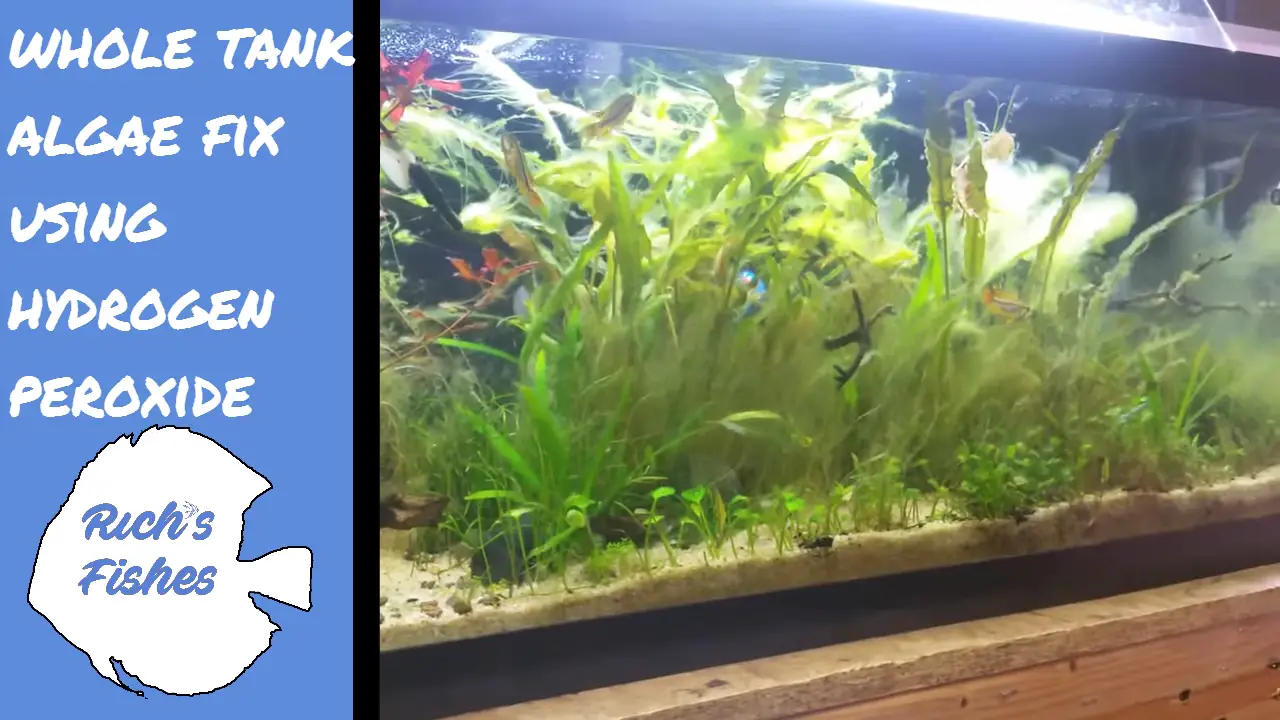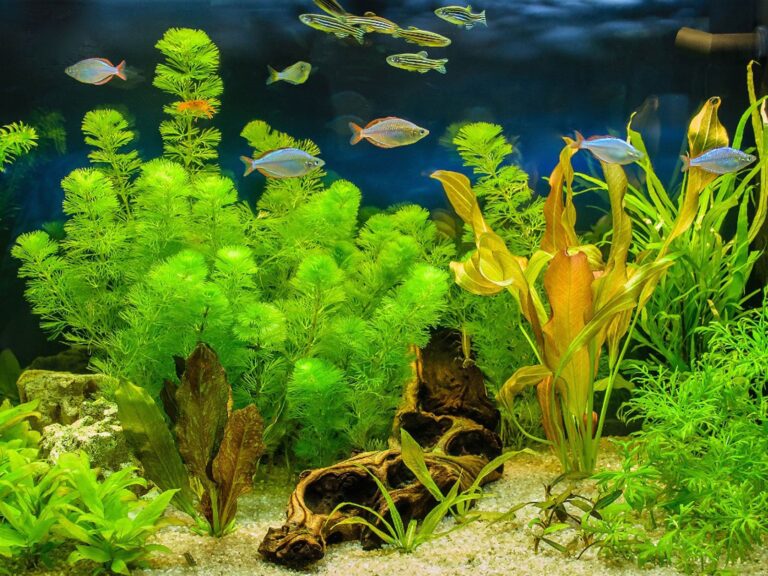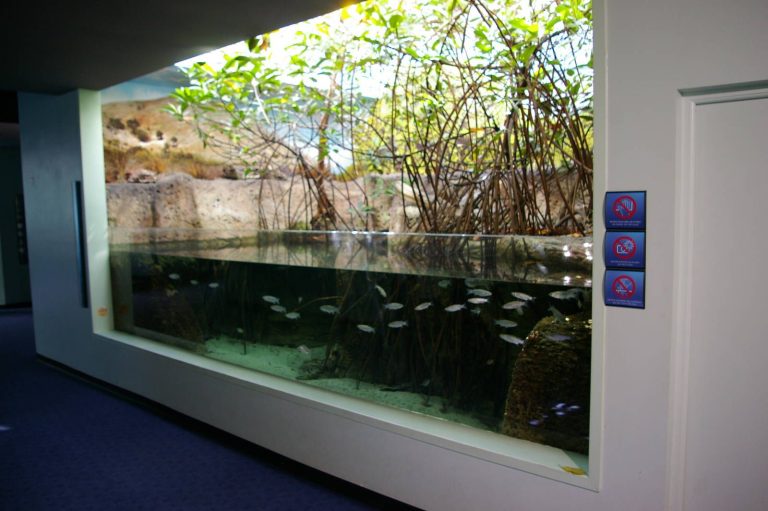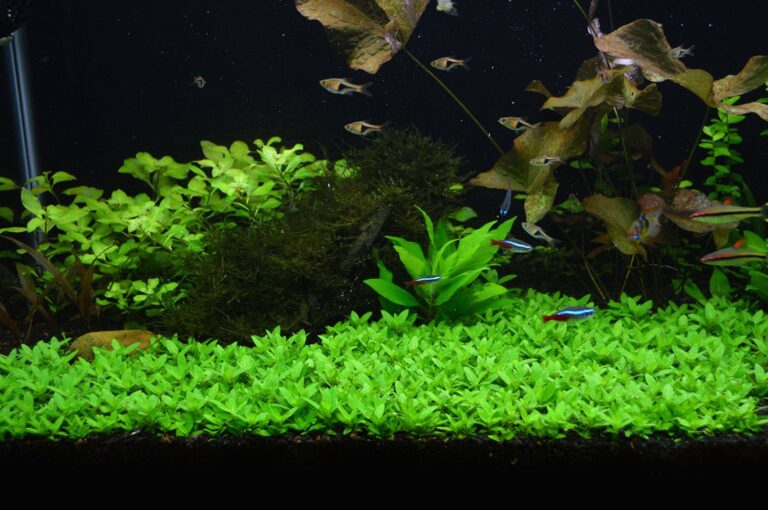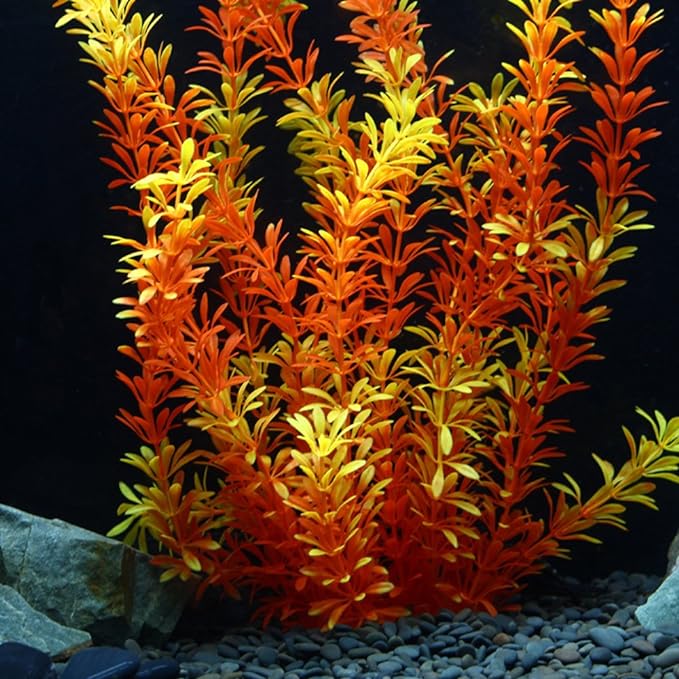Hydrogen Peroxide Dip For Aquarium Plants
Hydrogen Peroxide Dip for Aquarium Plants: A Comprehensive Guide
If you’re an aquarium enthusiast, you know how important it is to maintain healthy plants in your tank. Not only do they add beauty to your underwater world, but they also play a crucial role in creating a balanced ecosystem for your fish. However, maintaining healthy plants can be a challenge, especially when faced with issues like algae growth, pests, or diseases. Luckily, there is an effective solution that can help you keep your aquarium plants in top shape – the hydrogen peroxide dip.
But what exactly is a hydrogen peroxide dip, and how does it benefit your aquarium plants? In this comprehensive guide, we will explore the ins and outs of using hydrogen peroxide as a dip for your aquatic plants, providing you with all the information you need to ensure the health and vitality of your underwater garden.
Understanding Hydrogen Peroxide
Before diving into the specifics of using hydrogen peroxide as a dip for your aquarium plants, let’s first understand what hydrogen peroxide is. Hydrogen peroxide (H2O2) is a chemical compound that consists of two atoms of hydrogen and two atoms of oxygen. It is a powerful oxidizer and disinfectant, commonly used for various purposes, including wound cleaning, hair bleaching, and even as an oxygen source for rocket fuel.
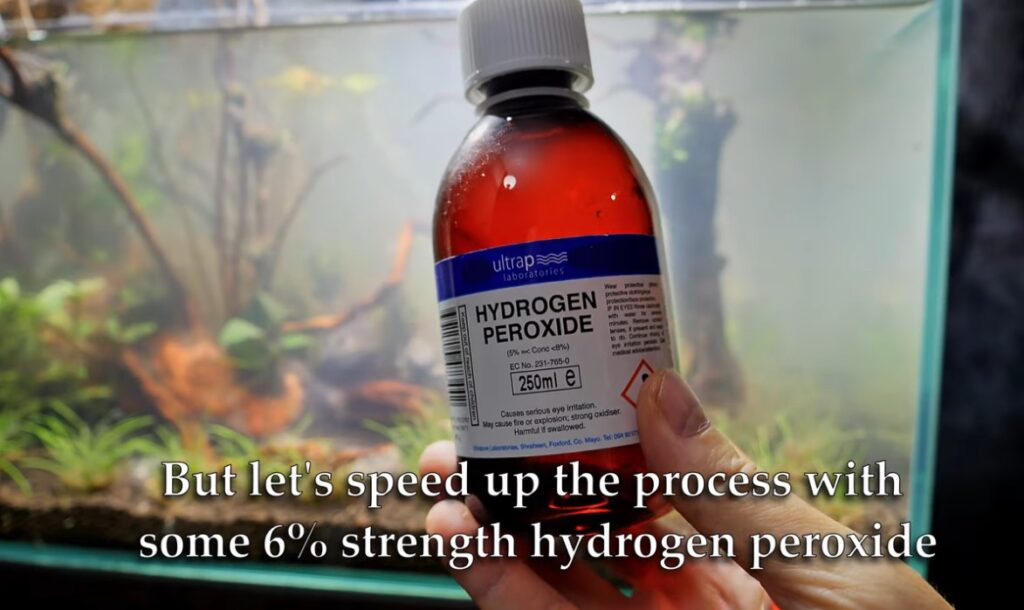
In the context of aquarium plants, hydrogen peroxide acts as an effective tool for eradicating algae growth, deterring pests, and treating certain plant diseases. By introducing hydrogen peroxide in a diluted form, you can safely and efficiently address common issues that can hinder the growth and overall health of your aquatic plants.
Why Use Hydrogen Peroxide as a Dip for Aquarium Plants?
Using hydrogen peroxide as a dip for your aquarium plants offers numerous benefits. Here are some of the key advantages that make it an attractive solution for plant care in aquatic environments:
1. Algae Control: Algae growth is a common problem in aquariums, and it can quickly take over your plants, suffocating them and hindering their growth. Hydrogen peroxide effectively kills algae, helping you maintain a clean and vibrant tank.
2. Pest Prevention: Aquarium plants are prone to infestations by snails, flatworms, and other unwanted pests. A hydrogen peroxide dip can help eliminate these pests, preventing them from causing damage to your plants.
3. Disease Treatment: Certain plant diseases, such as BGA (Blue-Green Algae) or fungal infections, can wreak havoc on your aquatic plants. Hydrogen peroxide has antifungal and antibacterial properties, making it an effective treatment option.
4. Oxygen Source: Hydrogen peroxide decomposes into water and oxygen when exposed to light and organic matter. This release of oxygen can oxygenate your aquarium water, creating a healthier environment for your plants and fish.
How to Perform a Hydrogen Peroxide Dip for Aquarium Plants
Now that we have established the benefits of using hydrogen peroxide as a dip for your aquarium plants, let’s delve into the step-by-step process of performing this treatment:
1. Prepare the Diluted Solution: Start by mixing hydrogen peroxide with dechlorinated water in a separate container. The recommended ratio is 1 part hydrogen peroxide to 20 parts water. For example, if you have 1 cup of hydrogen peroxide, you’ll need 20 cups of water.
2. Remove Plants from the Tank: Carefully remove the plants you wish to treat from your aquarium. It’s essential to handle the plants with care to avoid damaging them.
3. Submerge Plants in the Solution: Gently place the plants into the container with the diluted hydrogen peroxide solution. Ensure that the solution covers the leaves and stems of the plants, but avoid submerging the roots.
4. Set the Soaking Time: The duration of the dip will depend on the severity of the issue you are addressing. Generally, a dip ranging from 5 to 10 minutes is sufficient. However, if you are battling a more stubborn problem, you may extend the soak time up to 15 minutes.
5. Rinse Thoroughly: After the desired soaking time has elapsed, remove the plants from the hydrogen peroxide solution and rinse them thoroughly under running water. Rinse for at least 5 minutes to ensure all traces of hydrogen peroxide are removed.
6. Reintroduce Plants to the Tank: Once the plants are rinsed clean, carefully place them back into your aquarium. Ensure they are securely planted and positioned in your desired location.
7. Observe and Monitor: After performing the hydrogen peroxide dip, closely observe your plants for any adverse reactions. Healthy plants should quickly recover and exhibit renewed growth within a few days.
Frequently Asked Questions
Q: Is hydrogen peroxide safe for aquarium plants?
Yes, hydrogen peroxide is generally safe for aquarium plants when used in the appropriate dilution. However, it’s crucial to follow the recommended guidelines and not exceed the recommended soak time to prevent any damage to the plants.
Q: Can I perform a hydrogen peroxide dip on all types of aquarium plants?
While hydrogen peroxide is generally safe for most aquarium plants, some delicate or sensitive species may be more susceptible to damage. It’s best to research the specific plant species you have before proceeding with the hydrogen peroxide dip.
Q: How often should I perform a hydrogen peroxide dip for my aquarium plants?
The frequency of performing a hydrogen peroxide dip depends on the specific issues you are addressing and the severity of the problem. In general, it’s recommended to perform the dip once every week or two if needed, but it’s important to closely monitor your plants and adjust the frequency accordingly.
Final Thoughts
Using hydrogen peroxide as a dip for your aquarium plants can be an effective solution for addressing algae growth, deterring pests, and treating certain plant diseases. By following the proper procedures and guidelines, you can maintain a healthy and vibrant underwater garden that enhances the beauty and balance of your aquarium ecosystem. Remember to always research and understand the specific needs of your plants to ensure their long-term well-being. With the right care and maintenance, your aquarium plants will thrive, creating a captivating underwater oasis for you and your fish to enjoy.
